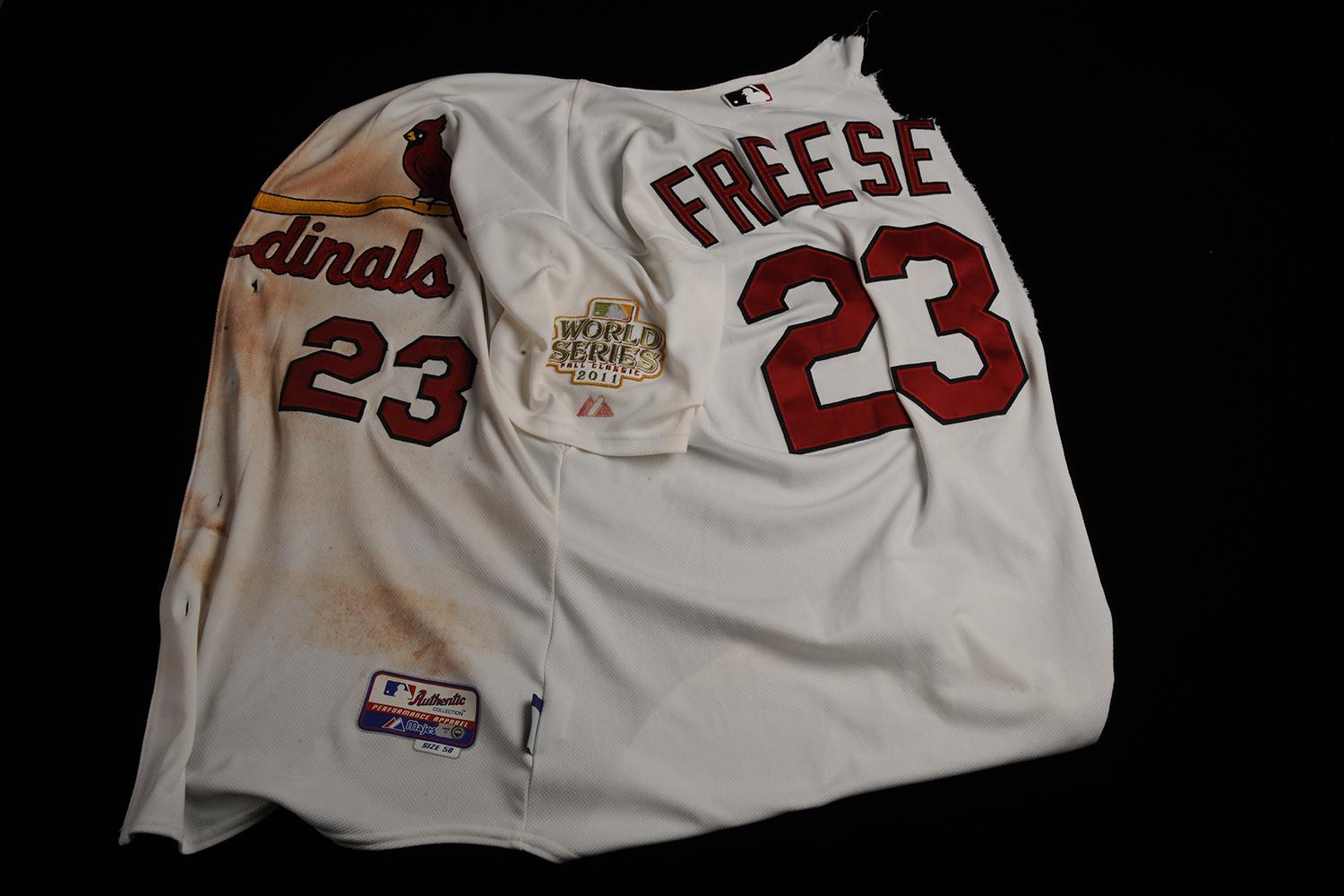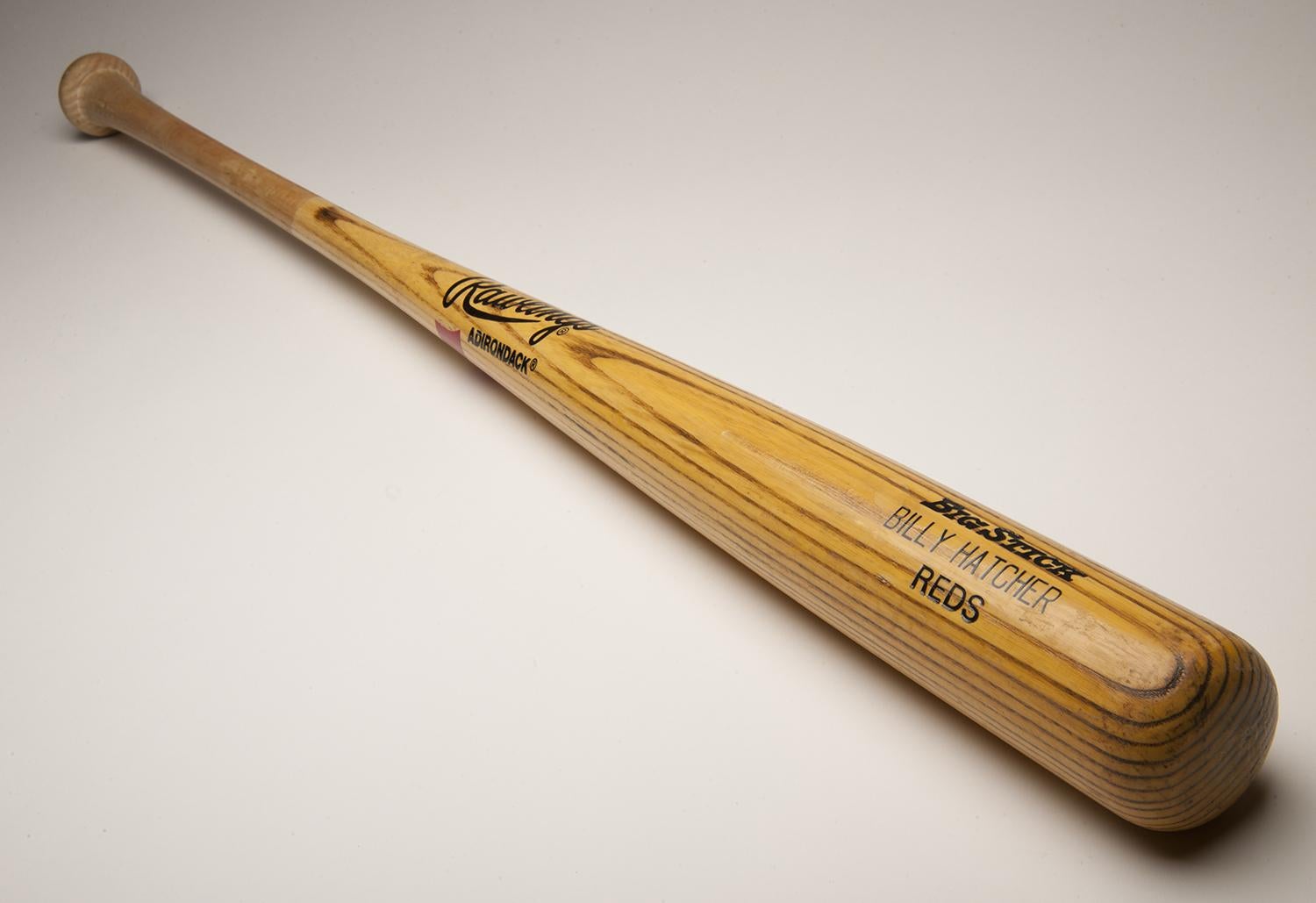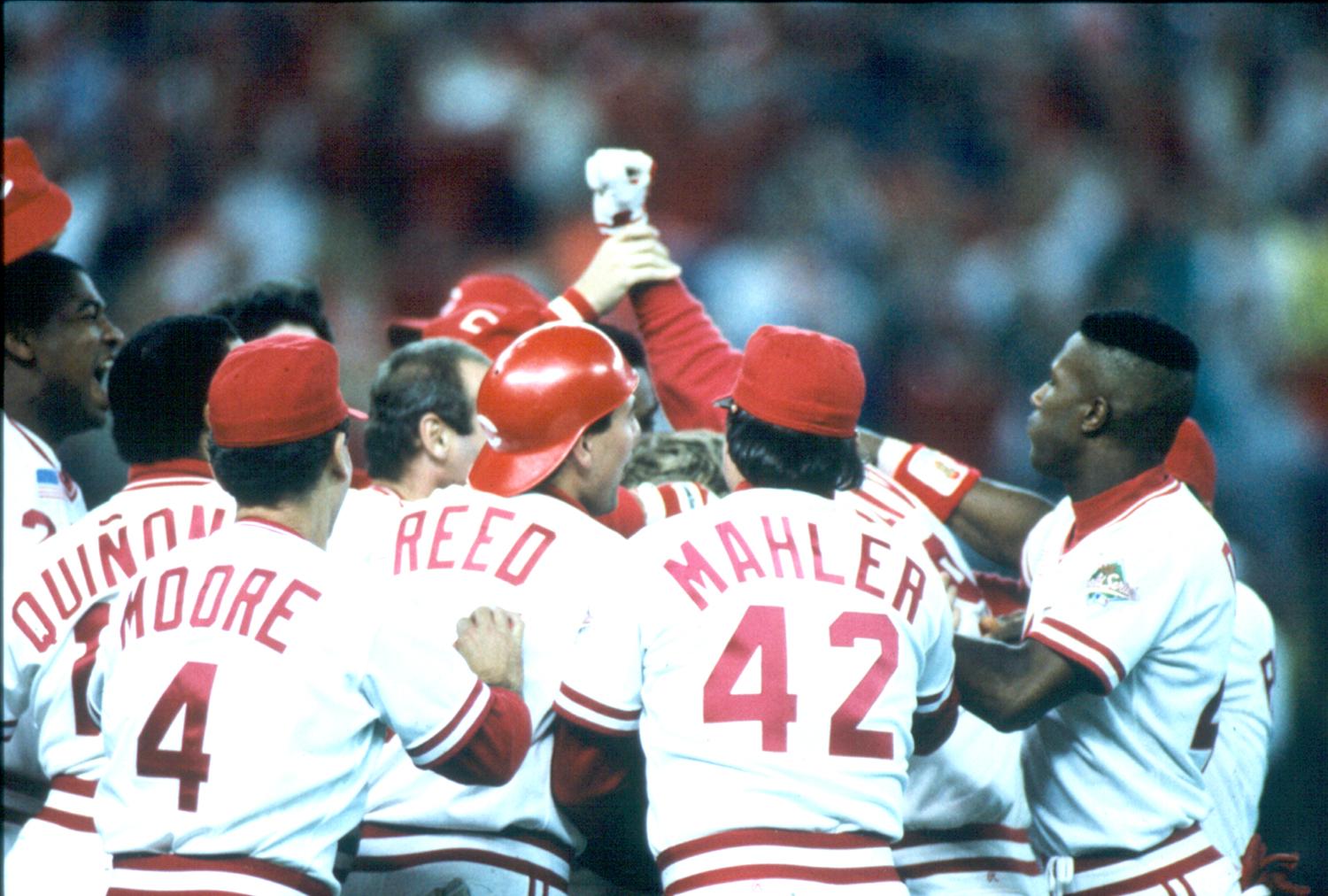World Series heroes of yesteryear come to life in Hall of Fame’s ‘Autumn Glory’ exhibit
The thunderous crowd on its feet. The manager leaning on the top step of the dugout. The pitcher staring solemnly in toward his catcher. The batter anxiously choking up on his bat.
These are the images of sport’s biggest stage: The World Series. It’s an event that has captivated fans and served as players’ greatest motivation for more than a century. So much of baseball has changed in that span, from the way we watch it to the way it’s played, but the ultimate prize has remained the same. Indeed, as our country and the sport have grown together, the World Series has come to symbolize the American autumn; a last vestige of boundless summer joy before the long, hard winter sets in.
“That was a great American spectacle,” Commissioner Emeritus Bud Selig said in his 2017 Hall of Fame induction speech, referring to the 2001 World Series.
Countless legacies and moments have been written over the first 112 iterations of the Fall Classic, many of which are relived every day at the home of baseball in Cooperstown. Encompassing a large portion of its third floor, the National Baseball Hall of Fame’s Autumn Glory exhibit features postseason artifacts and stories dating back to the first modern World Series in 1903. From the equipment used on the diamond to ephemera collected from the raucous crowds, Autumn Glory is the most visceral way for a baseball fan to walk down “Memory Lane” and relive the game’s most indelible October moments.
In the beginning
It all began with a letter: “The time has come for the National League and the American League to organize a World Series....” So wrote Pittsburgh Pirates owner Barney Dreyfuss to Boston Americans owner Henry Killilea in August 1903, thereby challenging the rival American League champion and setting up the World Series as we know it today. The inaugural Series succeeded, as an overflow crowd watched Boston ace Bill Dineen strike out the sport’s first modern superstar, Hall of Famer Honus Wagner, to clinch the title in Game 8. The ball that sailed past Wagner’s bat is now housed in Autumn Glory. But the Series was very nearly finished just as quickly as it began when Hall of Fame manager John McGraw refused to have his Giants play the Americans the following year. McGraw’s Giants finally agreed to play the AL champion Athletics in 1905, famously wearing an all-black uniform that can be seen in Autumn Glory while beating Philadelphia four games to one. Since then, the Series has seen just one other interruption (the players’ strike in 1994) while lasting through multiple World Wars and the Sept. 11 terrorist attacks in 2001.
The complexion of the Series changed quite a bit over next 100-plus years. Its seven-game format as we know it today was permanently instituted in 1922 after an experiment with a nine-game series from 1919-21. The Fall Classic was played in the afternoons until Oct. 13, 1971, and the first ball from that historic Game 4 “under the lights” between the Orioles and Pirates at Three Rivers Stadium now sits in Autumn Glory. Fans outside the competing cities could only read about the Series until Grantland Rice broadcast it on the radio for the first time in 1921. The 1947 Subway Series between the Dodgers and Yankees marked the Classic’s first foray into television.
Fall heroes
Players spend their entire careers trying to make it to this grand stage, and many of the ones we remember most raise themselves to another level when they get there. One hundred and thirty-six of the 220 former Major League players currently enshrined in the Hall of Fame captured at least one World Series crown, and while baseball is a team sport first and foremost, the best individual performances have sealed legacies. It’s impossible, for instance, to tell the stories of pitchers like Christy Mathewson, Sandy Koufax and Bob Gibson without including their dominant World Series ledgers. Lesser-known names have also become heroes. Jesse Haines’ Cardinal red “World Champions” jacket sits in Autumn Glory to commemorate St. Louis’ 1926 upset of Babe Ruth’s mighty Yankees. So too does a ball thrown by Johnny Podres to shut out the Pinstripes in 1955 and deliver the Dodgers their one and only championship in Brooklyn. Of course, pitchers aren’t the only heroes you’ll find in Autumn Glory. Babe Ruth and the Yankees didn’t prevail in ’26, but the bat he used to slug three home runs in Game 4 still carries special weight. Billy Hatcher had the week of his life in the Reds’ 1990 upset of the A’s, compiling a Series record .750 batting average with a bat now displayed in Cooperstown. And David Freese’s jersey – well, one half of it, anyway – symbolizes one of the wildest nights the Series has ever seen when the Cardinals rallied back from their last strike two different times to win Game 6 in 2011.
Just focusing on pitchers and hitters doesn’t cover all of the drama of course. The glove Willie Mays used to make the most famous defensive play of all time, “The Catch” in Game 1 of the ’54 Classic, can be studied in detail in Autumn Glory. Right next to Mays’ glove is the one third baseman Brooks Robinson used to put one of the greatest defensive displays in Series history against the Reds in 1970. “I'm beginning to see Brooks in my sleep,” Reds manager Sparky Anderson lamented during that series. “If I dropped this paper plate, he'd pick it up on one hop and throw me out at first.” Fans look forward to the World Series just as much as managers and players, and a full-throated crowd has the potential to impact the game as much as any pitch, hit or play. Pirates fans visiting Autumn Glory will find a National League champion pennant from 1960, the year Bill Mazeroski shocked the Yankees with his Game 7 walk-off blast at Forbes Field. Twins fans can reminisce with a homer hanky from the team’s first world championship in the Metrodome in 1987. And who could forget the Rally Monkey that symbolized the Angels’ magical run to their first title in 2002? (The Thundersticks may still be rumbling in Anaheim).
Memories and artifacts
Every pitch from the mound, every swing from the batter’s box and every sprint in the outfield has come in pursuit of baseball’s ultimate prize -- though even the nature of that prize changed through the decades. The Boston Americans received a watch fob when they captured the inaugural Series in 1903, and winners in the years following received a variety of keepsakes including pendants, pocket watches and medals. The 1922 Giants were the first team to receive the ring we’re familiar with today, and an authentic ring given to each and every world champion since is displayed in Autumn Glory thanks to generous donations from the Commissioner’s Office.
It doesn’t take a magnifying glass to see how the rings worn by McGraw’s Giants in ’22 look downright austere compared to the multi-diamond versions given out to the Steinbrenner-era Yankees of the late-1990s, the 2016 Cubs and (biggest of them all) the 2003 Marlins. One of the best aspects of the Autumn Glory exhibit is the one that changes with each passing year. The World Champion Houston Astros were featured in Autumn Glory throughout 2017, and the 2018 champions exhibit will go on display in the weeks following the end of the 2018 World Series. The 2017 Astros exhibit featured Alex Bregman's World Series glove, the jersey worn by Justin Verlander in Game 6 and the cap worn by Game 7 winning pitcher Charlie Morton, among other artifacts that told the story of the Fall Classic.
Glory in the Museum’s champions display is as fleeting as it is on the field, however; soon the case will be emptied and filled with new items from whichever team claims the title this fall. Indeed, the immense variation of artifacts and teams found in Autumn Glory – from Dineen’s Americans to Rizzo’s Cubs – is the perfect visual representation of why the World Series continues to capture our attention. Each and every one of the 30 MLB teams has participated in the postseason since 2001, and more than half have played in the Series in that span. Hope springs eternal in Autumn Glory, with reminders in every corner of how anyone can prevail -- from dynasties to upstarts and superstars to bench players. Every member of every team dreams of winning the World Series, and those dreams are kept alive forever in Cooperstown.
Matt Kelly is a freelance writer from Brooklyn, N.Y.




